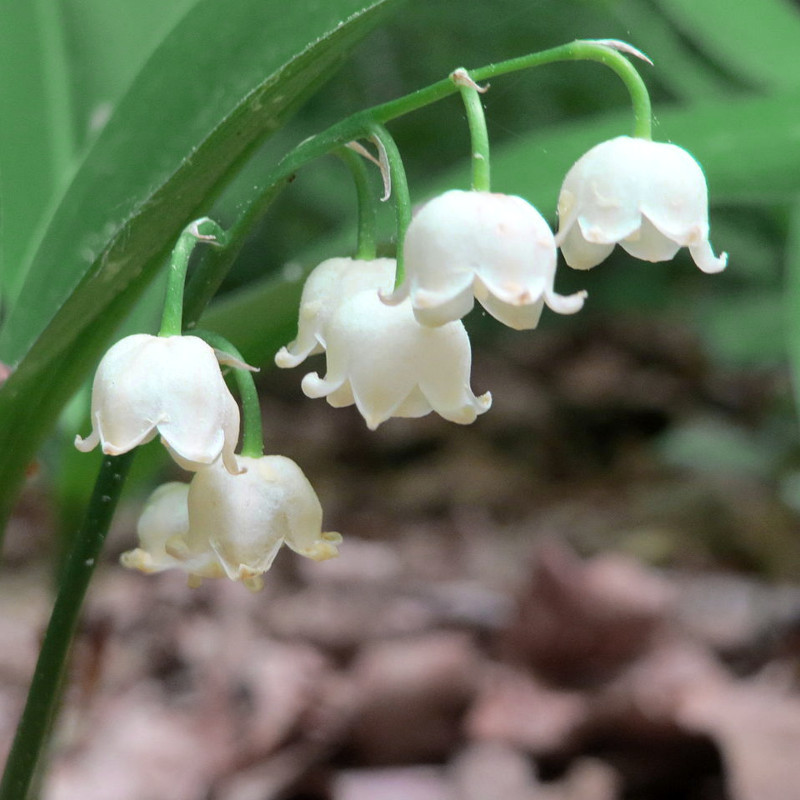




Lily of the valley (Convallaria majalis), 11cm container

Security policy

Delivery

Return policy
The common lily of the valley (Convallaria majalis), also known in Estonian as piibeleht, is a cherished symbol of spring, purity, renewal, love, and modesty. Its Estonian name, meaning "pipe leaf," originates from a tradition where musicians, known as piibarid, would use its leaves to play simple instruments like leaf flutes.
Lily of the valley is a perennial herbaceous plant belonging to the lily family. It typically reaches a height of 15 to 25 cm and produces two to three broad, lance-shaped leaves per plant. From May to June, it displays its fragrant beauty with delicate white, bell-shaped flowers that hang on one side of a gently arching stem. In Estonia, it grows wild primarily in deciduous and mixed forests as well as wooded meadows, preferring semi-shade, humus-rich soil, and well-drained conditions.
The plant propagates mainly through underground rhizomes but can also spread by seed. Although lily of the valley is a vigorous spreader—making it a valued groundcover for shady gardens—it does not tolerate frequent transplanting and thrives best in stable growing environments. Historically, it has been used in folk medicine as a remedy for heart conditions. However, all parts of the plant—especially the bright orange-red berries and rhizomes—are highly toxic, containing cardiac glycosides that affect heart function. Even water that has held cut flowers of lily of the valley can be poisonous if ingested.
Interestingly, this lovely and symbolic flower is also the national flower of Finland.